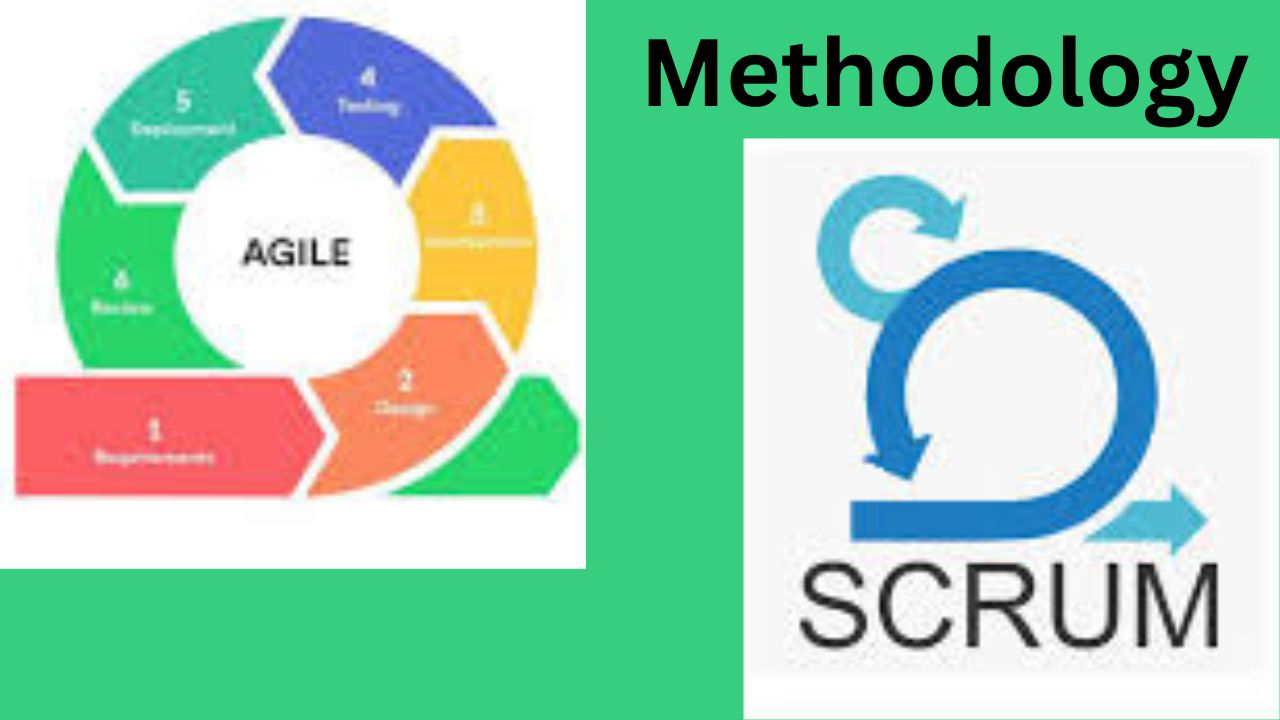what is agile
Agile is an iterative and incremental approach to software development and project management that prioritizes flexibility, collaboration, and customer satisfaction. It emerged as a response to the traditional, linear project management methodologies that often faced challenges in adapting to changing requirements and priorities.
Methodology Of Agile Scrum
Agile Scrum is a popular framework within the broader Agile methodology, designed to enhance collaboration, flexibility, and customer satisfaction in software development and other project management contexts. The Scrum framework provides a structured yet adaptive approach, emphasizing iterative development, continuous feedback, and incremental delivery. Here are key components and principles of the Agile Scrum methodology:
Roles:
- Product Owner: Represents the customer or stakeholders, defines and prioritizes features, and ensures the team delivers value.
- Scrum Master: Facilitates the Scrum process, removes impediments, and ensures adherence to Scrum principles.
- Development Team: Self-organizing and cross-functional, responsible for delivering increments of product functionality.
Artifacts:
- Product Backlog: A prioritized list of features, enhancements, and bug fixes maintained by the Product Owner.
- Sprint Backlog: A subset of the Product Backlog containing items selected for a specific sprint.
- Increment: The sum of all completed and potentially shippable product backlog items at the end of a sprint.
Events:
- Sprint: A time-boxed iteration, usually two to four weeks, where a potentially releasable product increment is created.
- Sprint Planning: A collaborative session where the team plans the work for the upcoming sprint.
- Daily Scrum: A brief daily meeting for the team to synchronize activities and plan for the next 24 hours.
- Sprint Review: A meeting at the end of the sprint to review and demonstrate the completed work.
- Sprint Retrospective: A session for the team to reflect on the sprint, identify improvements, and plan adjustments for the next sprint.
Principles:
- Iterative Development: The project is divided into small, manageable increments (sprints), allowing for regular inspection and adaptation.
- Collaboration: Continuous communication and collaboration among team members, stakeholders, and customers are essential.
- Customer Feedback: Regular feedback from customers or stakeholders is incorporated to ensure the delivered product meets expectations.
- Adaptability: The team is encouraged to adapt to changing requirements, technologies, and market conditions.
- Continuous Improvement: Regular retrospectives help the team identify areas for improvement and implement changes in subsequent sprints.
Visibility and Transparency:
- Progress and work items are visible to all team members, promoting transparency and enabling informed decision-making.
The Agile Scrum methodology promotes a flexible and adaptive approach to project management, allowing teams to respond quickly to changing requirements and deliver a product that best meets customer needs. It has been widely adopted in various industries beyond software development, including marketing, research, and product development.

